Organizational stress can have an impact on the health of an organization. It can affect the production and motivation of the people in the workplace. The source of organizational stress can job security, work relationships, demands of heavy workload, or adapting to change. Stress management is an important aspect a leader should tackle. Leaders should create the balance between having people know the importance of change and having people feel distressed by change. Stress can have an adverse impact on the organization if it is coupled with incompetent leadership. In this article, I will examine how stress can have a negative or positive impact on organizations. Moreover, I will discuss how leaders can manage stress and what tools and strategies to use when managing stress.
Organizational stress might be both positive and negative. Organizational stress will have a positive impact if it motivates employees, creates a competitive environment, and promotes acceptance of change. Consequently, stress might have a motivational and adaptive role in organizations. It helps to develop teams and create positive learning experiences. Moreover, organizations today face challenges due to frequent changes in technology, markets, competitions, and customers which force them to develop new strategies, implement new procedures, and learn new techniques. Such changes will create stress due to organizational and structural change, new roles and increased demands from employees, and leadership style. Stress could have an adverse impact if it was not managed correctly by leaders. It may cause employees to feel overwhelmed, be resistant to change, and be frustrated. Such conditions will decrease productivity in organizations, decrease employee retention rate, and create an unhealthy workplace.
Leaders should influence people to improve team’s health, energy, and performance. Moreover, followers look to leaders to guide them in stressful situations. Consequently, leaders have an important role in managing stress in organizations and decreasing their negative impact on performance and productivity. As a leader, several techniques can be used to minimize employee stress. Firstly, leaders should focus on the importance of communication. Improving communication between management and staff and sharing information with employees to make the goals and objectives clear are important to reduce stress. When implementing change or dealing with obstacles that can cause stress for employees, it is important to define roles and responsibilities and ensure accountability. Secondly, leaders should work closely with staff and consult them about the carried activities to make sure that the assigned workload is appropriate to their resources and competencies. Thirdly, leaders should praise good work performance and offer incentives. Rewards and incentives can be in the form of verbal praise, public appreciation, or financial bonuses. Finally, leaders should promote capacity building and train to foster learning, growth, and career development for employees.
Exit interviews can be a valuable tool to assess stress. They are interviews conducted with departing employees. Feedback from exit interviews can result in the understanding of employee stress and provide leaders with insights into how to implement preventive actions to manage stress and minimize its negative impact on the organization. Moreover, implementing stress management workshops and conducting training sessions are important in reducing stress in organizations. Such training will promote employees to create professional relationships and have the ability to tackle obstacles with competence and integrity.
In conclusion, the causes of stress in organizations are numerous. However, leadership has a significant role in directing stress to have a positive impact on organizations. It can increase employee performance and productivity, motivate them, and help them adapt to change. It is the duty of a leader to manage stress and create a healthy work environment that promotes innovation, change, loyalty, and increased productivity.





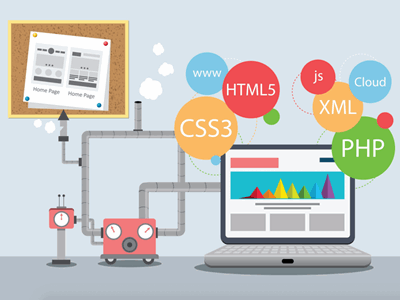
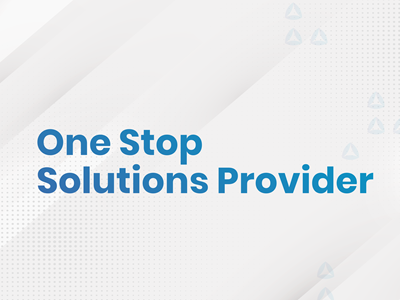

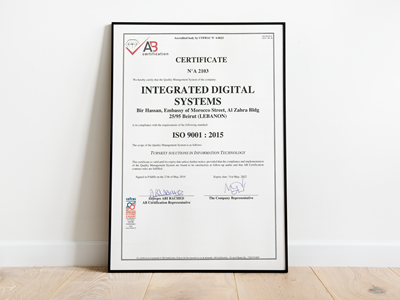

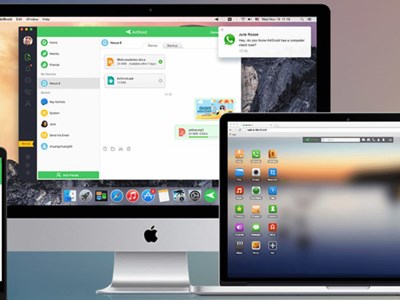
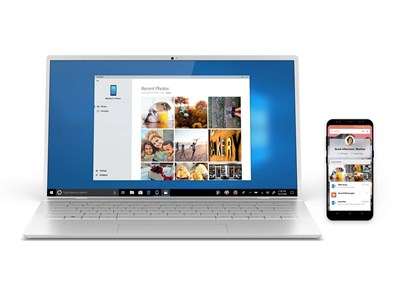

Comments